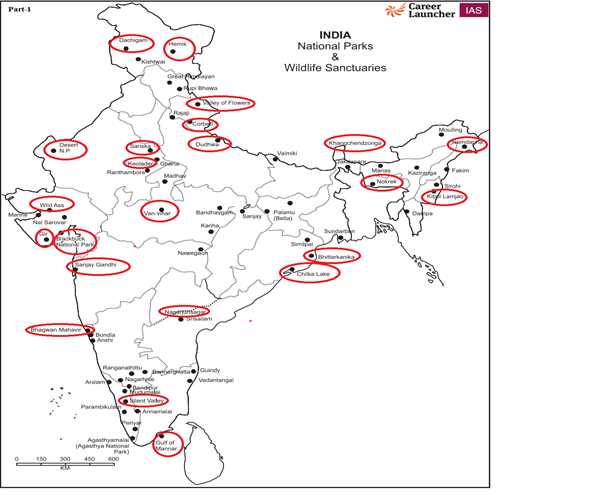India is home to a wide variety of national parks and sanctuaries, each with its own unique ecosystem. The major rivers and hill ranges that flow through these protected areas play an important role in supporting the diversity of plant and animal life.
Some of the major rivers that flow through national parks and sanctuaries in India include:
- The Ganges River, which flows through the Jim Corbett National Park and the Sundarbans National Park
- The Brahmaputra River, which flows through the Kaziranga National Park and the Manas National Park
- The Krishna River, which flows through the Nagarhole National Park and the Bandipur National Park
- The Cauvery River, which flows through the Mudumalai National Park and the Nilgiri Wildlife Sanctuary

Some of the major hill ranges that flow through national parks and sanctuaries in India include:
- The Western Ghats, which are home to the Periyar National Park, the Silent Valley National Park, and the Eravikulam National Park
- The Eastern Ghats, which are home to the Simlipal National Park, the Satpura National Park, and the Kanha National Park
- The Aravalli Hills, which are home to the Sariska National Park and the Ranthambore National Park
These rivers and hill ranges provide essential habitat for a wide variety of plants and animals, including tigers, elephants, rhinos, lions, leopards, and many more. They also play an important role in regulating the climate and providing water for drinking, irrigation, and hydropower generation.
The conservation of these rivers and hill ranges is essential for the protection of the biodiversity of India's national parks and sanctuaries.